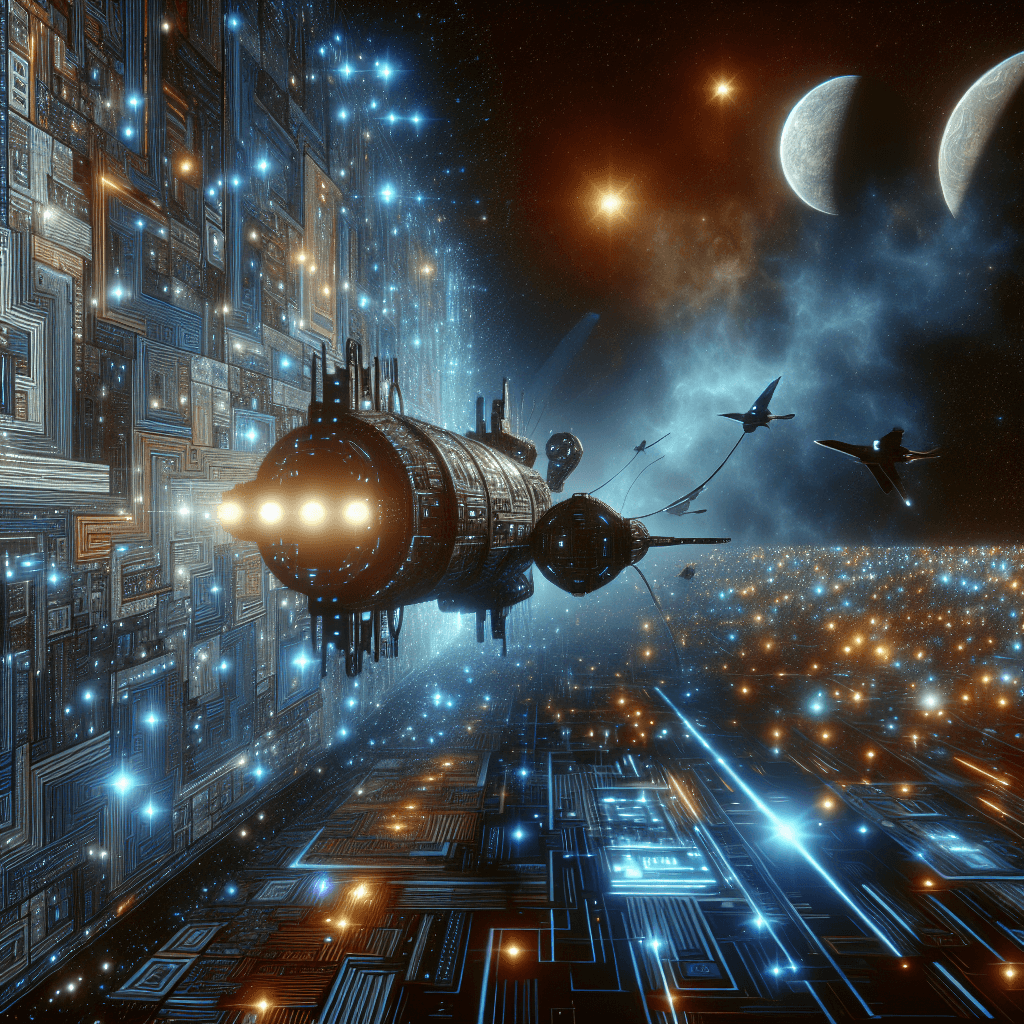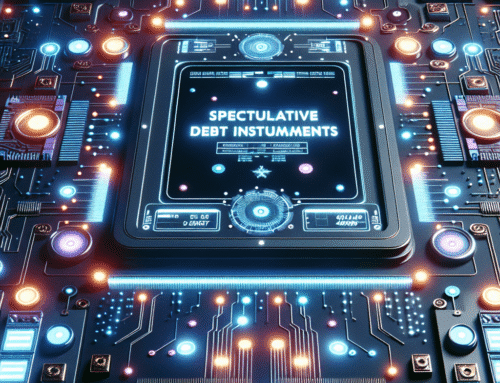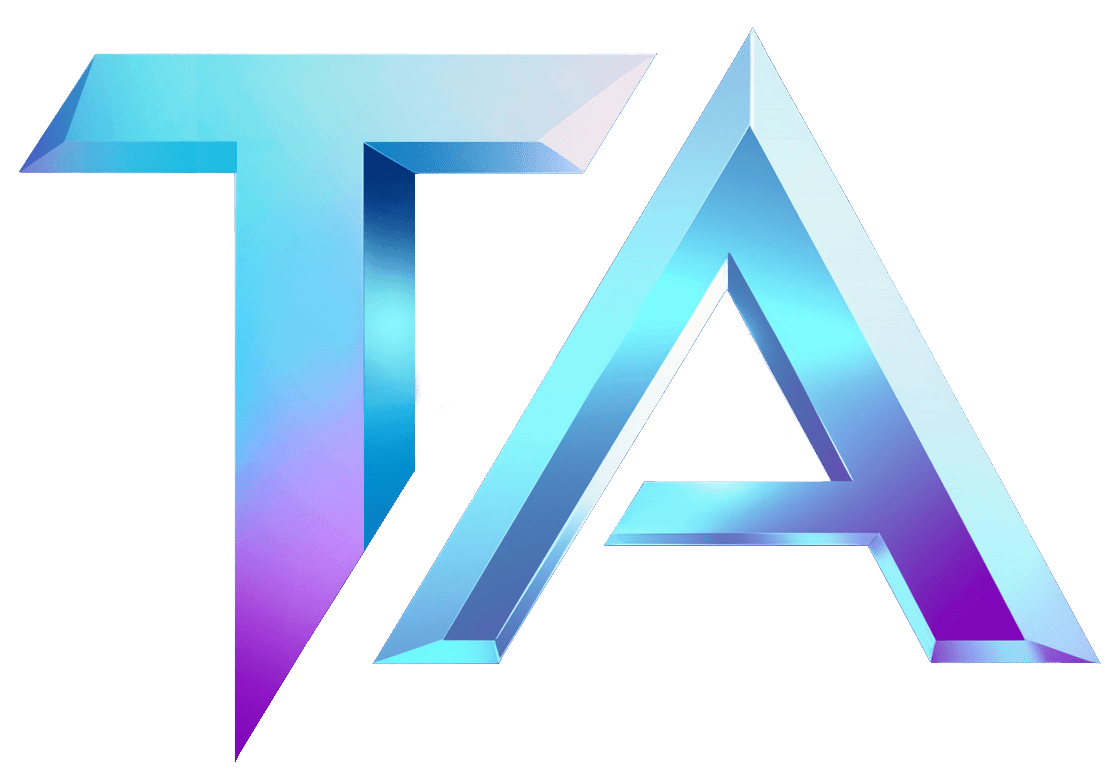Star Atlas: A Historic Look at Economic Integration

Star Atlas: A Historic Look at Economic Integration
In the vast cosmos of online gaming, few projects have captured the imagination quite like Star Atlas. This game isn’t just about entertaining players; it’s a complex universe that intricately weaves together elements of economics, governance, and community interaction. At Titan Analytics, as a proud Solana validator and an analytics platform for Star Atlas, we see a fascinating parallel between the game’s economic structure and historical examples of economic integration.
Understanding Economic Integration
Economic integration refers to the process by which different economies become more closely linked through trade, investment, and cooperation. Historical examples include the formation of the European Union, which facilitated free trade and movement among member countries, and the establishment of the North American Free Trade Agreement (NAFTA), which created a trilateral trade bloc. These integrations often lead to economic growth, enhanced cooperation, and improved political relations.
Star Atlas: A New Frontier in Economic Integration
Now, let’s explore how these concepts play out in the universe of Star Atlas.
-
Decentralized Economy: At the heart of Star Atlas is a decentralized economy powered by blockchain technology. Players can own, trade, and build economic assets, much like nations and businesses form trade agreements with one another. The game’s use of the Solana blockchain allows for a seamless transaction process, mimicking real-world trade routes and economic exchanges.
-
Resource Management: Just as historical economies relied on natural resources, Star Atlas players must manage a variety of resources—minerals, ships, and crew members. The scarcity and demand for these resources can lead to rich trade opportunities and economic alliances within the game. Players engage in “resource diplomacy,” a concept reminiscent of countries negotiating for scarce resources such as oil or gold.
-
Interconnected Factions: The game’s three factions—MUD, ONI, and AIDA—represent different cultural and economic systems. Each faction has unique strengths and weaknesses, encouraging trade and collaboration, similar to economic partnerships in human history. This factional dynamic drives interdependence where players interact, forming alliances that allow for shared resources and strategies, paralleling the relationships among nations.
- Player-Driven Economy: Economic integration relies heavily on participation, and Star Atlas empowers its players to shape the economy through their decisions. Players can establish businesses, set prices, and engage in trades, which builds a vibrant marketplace. This player-driven economy can be likened to how societies evolve economically through entrepreneurship, innovation, and trade unions.
The Future Outlook
As Star Atlas continues to develop, its economic model will evolve, reflecting changes in player dynamics and in-game developments. Historical economic integrations often face challenges, such as policy changes and market disruptions, and Star Atlas will inevitably encounter similar scenarios as it scales and expands its universe. Understanding these dynamics can help players and investors navigate the challenges and capitalize on opportunities within this digital ecosystem.
Explore More with Titan Analytics
To further delve into the economic intricacies of Star Atlas, we invite you to check out our analytical modules at Titan Analytics Star Atlas Data Modules. Whether you’re an avid player seeking insights or an investor eager to understand market trends, our resources are designed to enhance your experience.
If you have questions or want to engage more deeply with our analytics offerings, don’t hesitate to reach out via our contact page.
Join us at Titan Analytics as we explore the interconnected universe of Star Atlas and its economic integration—where your actions shape not only your destiny but the very fabric of the game’s economy.




